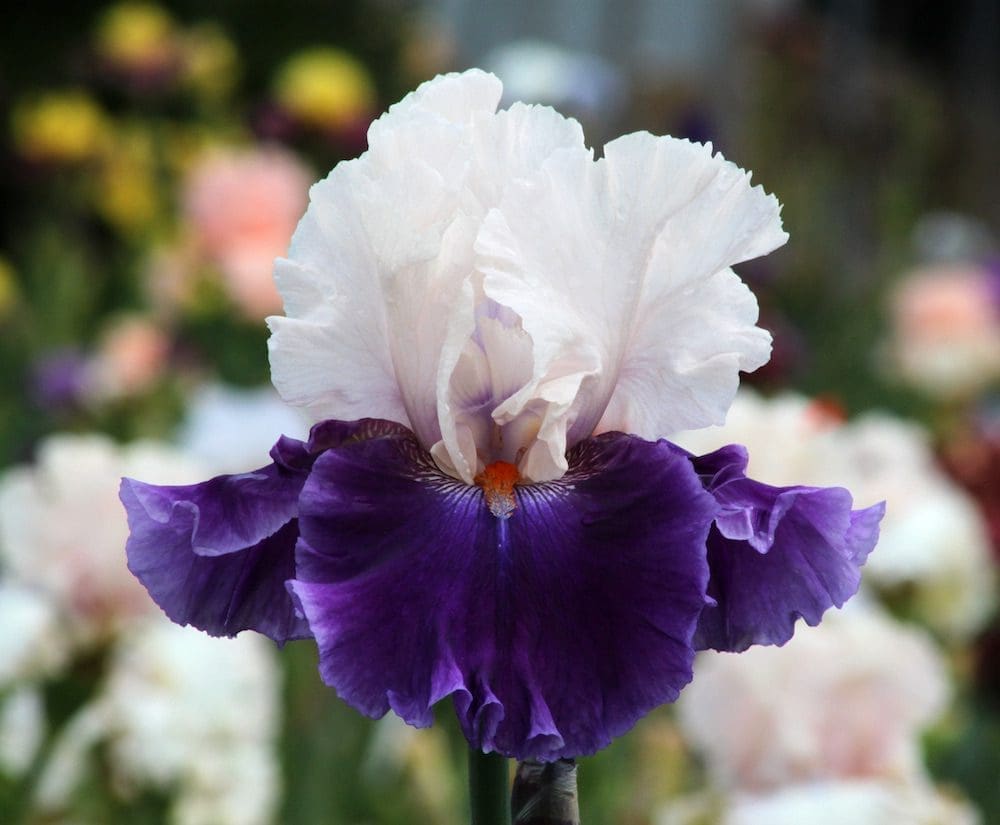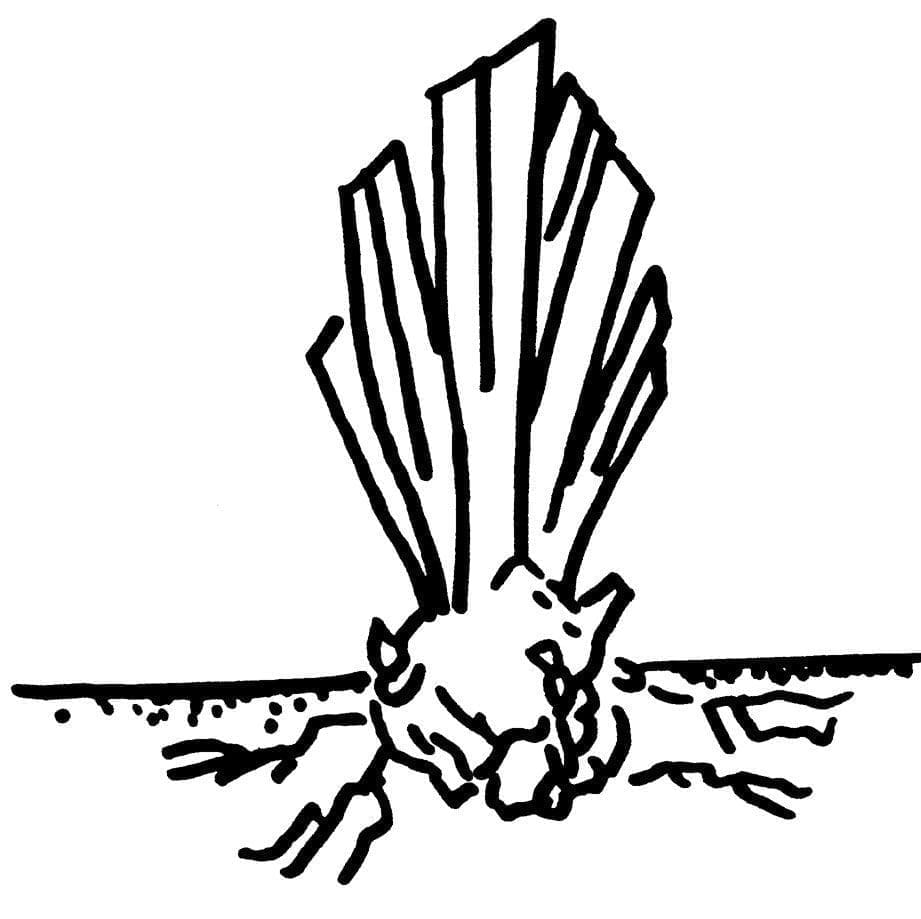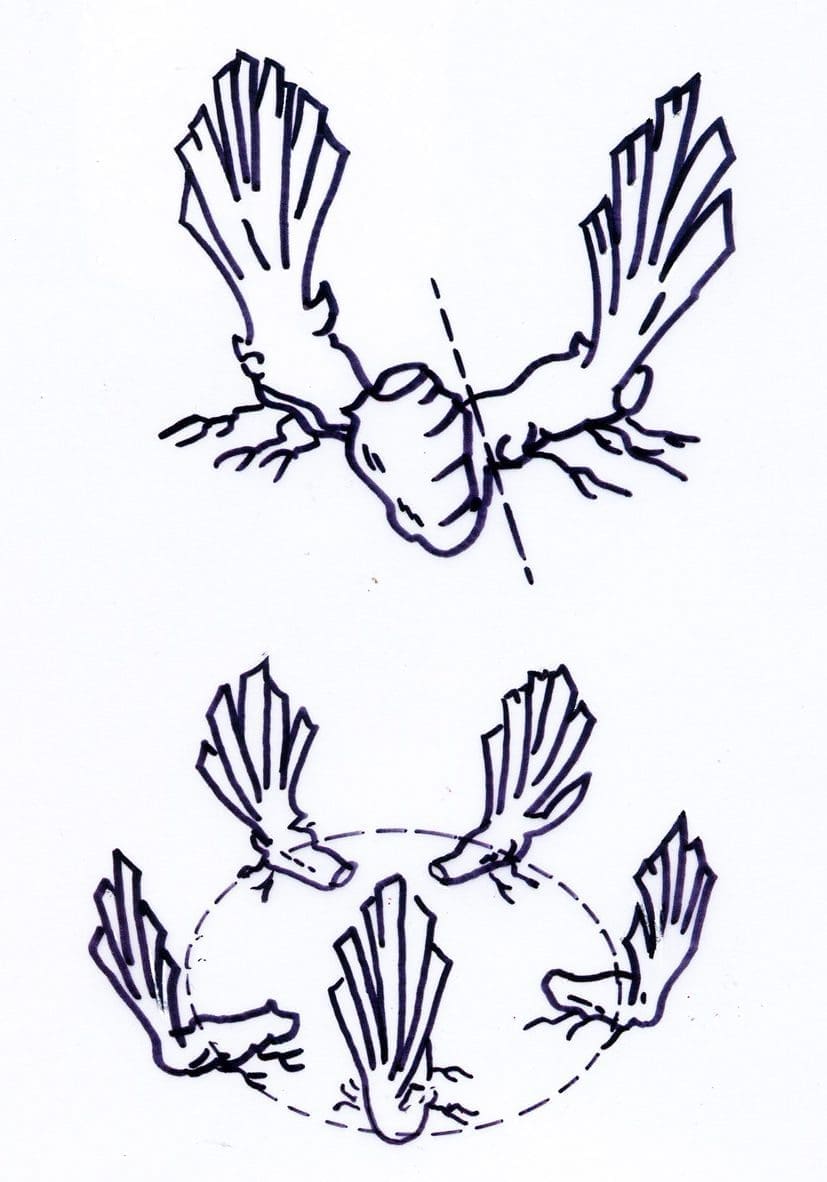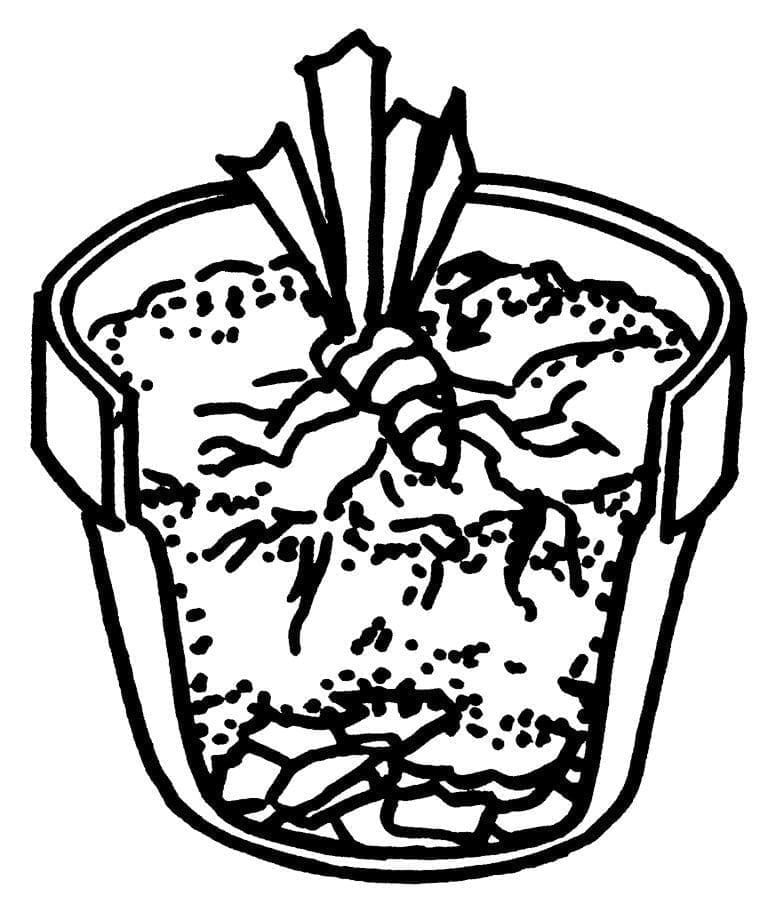How to grow – Iris
When to plant
For best results, plant in August or September so that the roots have time to become established before winter.
Where to plant
Choose a sunny spot. Iris need at least half a day of direct sunlight and will be even happier with a full day of sun. Soil should be well-drained. A raised bed or a slope are ideal spots.
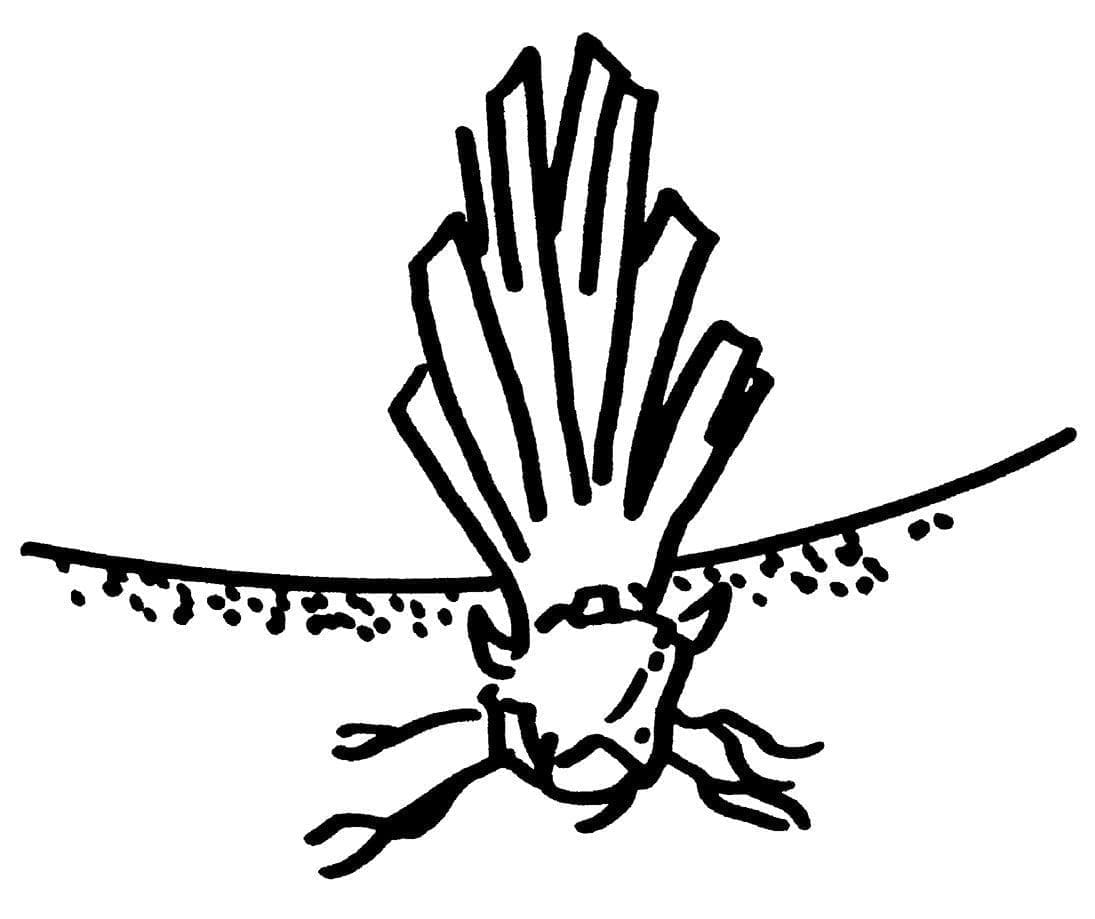
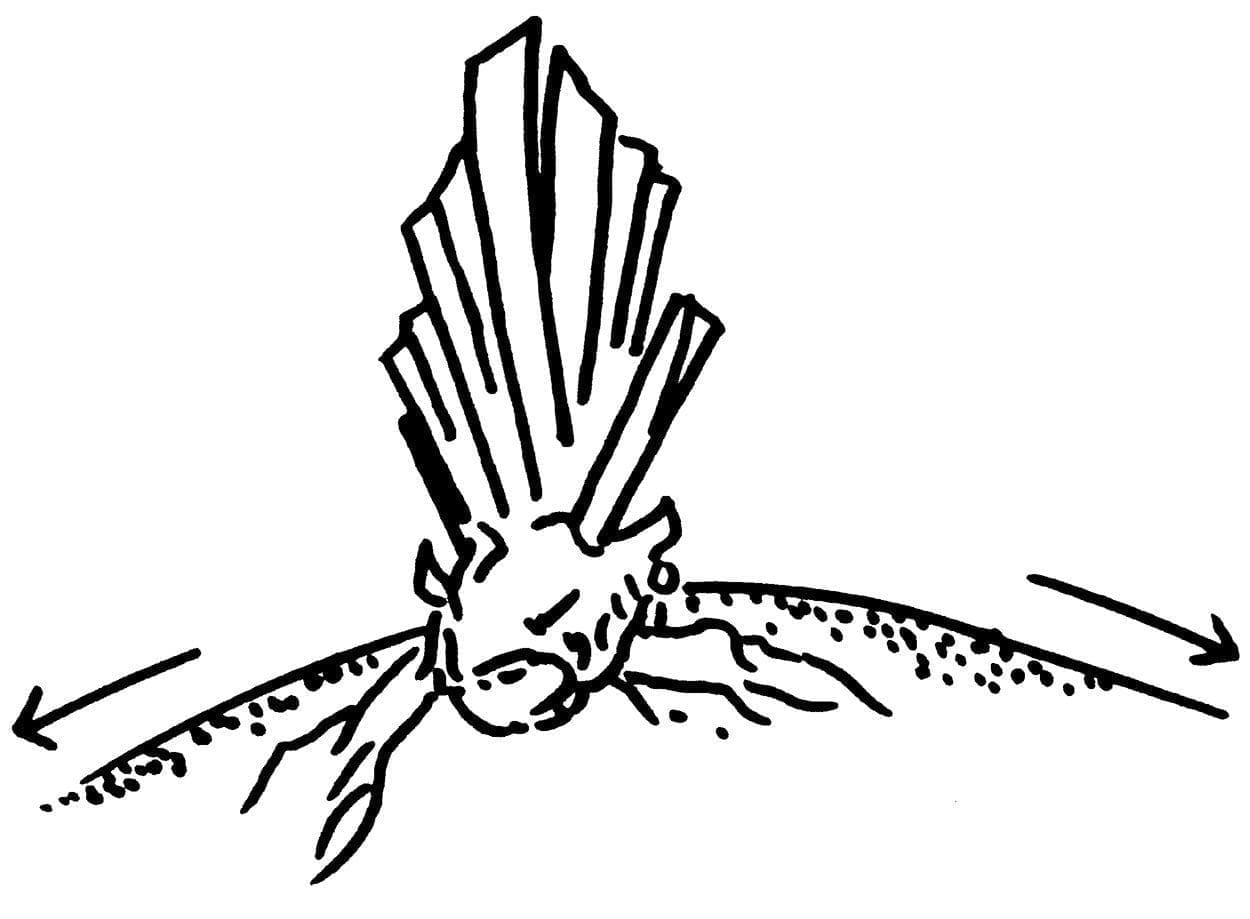
Soil preparation
Iris prefer well-drained soil. Adding coarse sand or humus to heavy soil will improve drainage. Ideally, the soil should be slightly acidic (pH 6.8) although iris will tolerate most soils.
Planting depth
Plant your iris so that the rhizome sits at the surface of the soil, with the roots facing down and spread on each side. Never plant iris too deep.
Spacing
Rhizomes are best planted between 30 and 50cm apart. Closer planting will produce an effect as of the first year, but will have to be thinned more often.
Watering
Newly-planted iris should be watered to help the roots develop. Once established, rainfall should provide sufficient moisture, except in very dry regions.
Fertilisation
The type of fertiliser depends on the type of soil. As a general rule, bone meal, superphosphate and a well-balanced fertiliser (NPK ratio of 6-10-10) are all suitable. Give a light application of fertiliser in early spring and again one month after flowering. Avoid fertiliser with a high nitrogen content as this encourages soft growth and rot.
Dividing clumps
Allowing iris to become too crowded can prevent air from circulating, affect flowering, encourage diseases and allow certain varieties to dominate others. Clumps should therefore be thinned every 3 to 4 years. Remove the centre divisions and leave the younger ones in the ground. Alternatively, dig out the clump and separate individual rhizomes for replanting.
General care
Keep beds weed-free so the rhizomes can bask in the sun. After flowering, cut bloomstalks at ground level. Remove diseased or brown leaves on a regular basis. Before winter, remove foliage to 15 centimetres above ground level.
Container gardening
Iris can be successfully grown in containers. Start by choosing the right size: 15-20cm diameter for dwarf iris, 30cm diameter for tall iris. Check there are drainage holes in the bottom. Fill with a mix of 45% fir bark, 20% pumice and 35% peat moss, stopping 2.5cm from the rim. Leave the top of the rhizome exposed. Water only when the top 5 centimetres of soil are dry – overwatering will cause rot. Leave the container outside during winter. When buds start to show, bring the container in and put it by a window in the sun. After flowering, divide the rhizomes and replant in the garden or in new containers.
How to grow and care for Siberian Iris (Iris sibirica)
Soak the rhizomes in water overnight before planting. Siberian iris should be planted deeper than other iris, covering the rhizomes with 3 to 5cm of soil. Choose a spot where they will get full sun. Leave 60 to 70cm between rhizomes. Good drainage is essential as Siberian iris thrive in moist but not soggy conditions. They prefer acidic soil (pH 5.5 to 6.9).
Never allow the rhizomes to become dry. Give a light application of fertiliser in spring and after flowering. Siberian iris benefit from an application of mulch during the first winter. Cut back foliage to ground level once it turns brown in autumn.
How to grow – Daylilies
When to plant
Daylilies can be planted year-round, except during flowering season. We only deliver in September and October as daylilies that are planted in autumn are more likely to flower the following summer.
Where to plant
Choose a sunny spot – at least 4 to 5 hours of direct sun per day – and well-drained soil. Avoid shade and soggy conditions.
Soil preparation
Before planting, turn over the soil to a good depth. Add some organic amendment (well-decomposed manure) or a shop-bought product to obtain a slightly acidic soil (pH 6.0 to 7.0).
Planting depth and spacing
Dig a hole 20 to 25cm deep and water. Make a mound of fine soil/compost in the centre of the hole. Put the rhizome on the mound with the roots spread on all sides. The crown should be just below the surface of the soil. Fill the hole and firm the soil. Plant 40 to 60cm apart.


